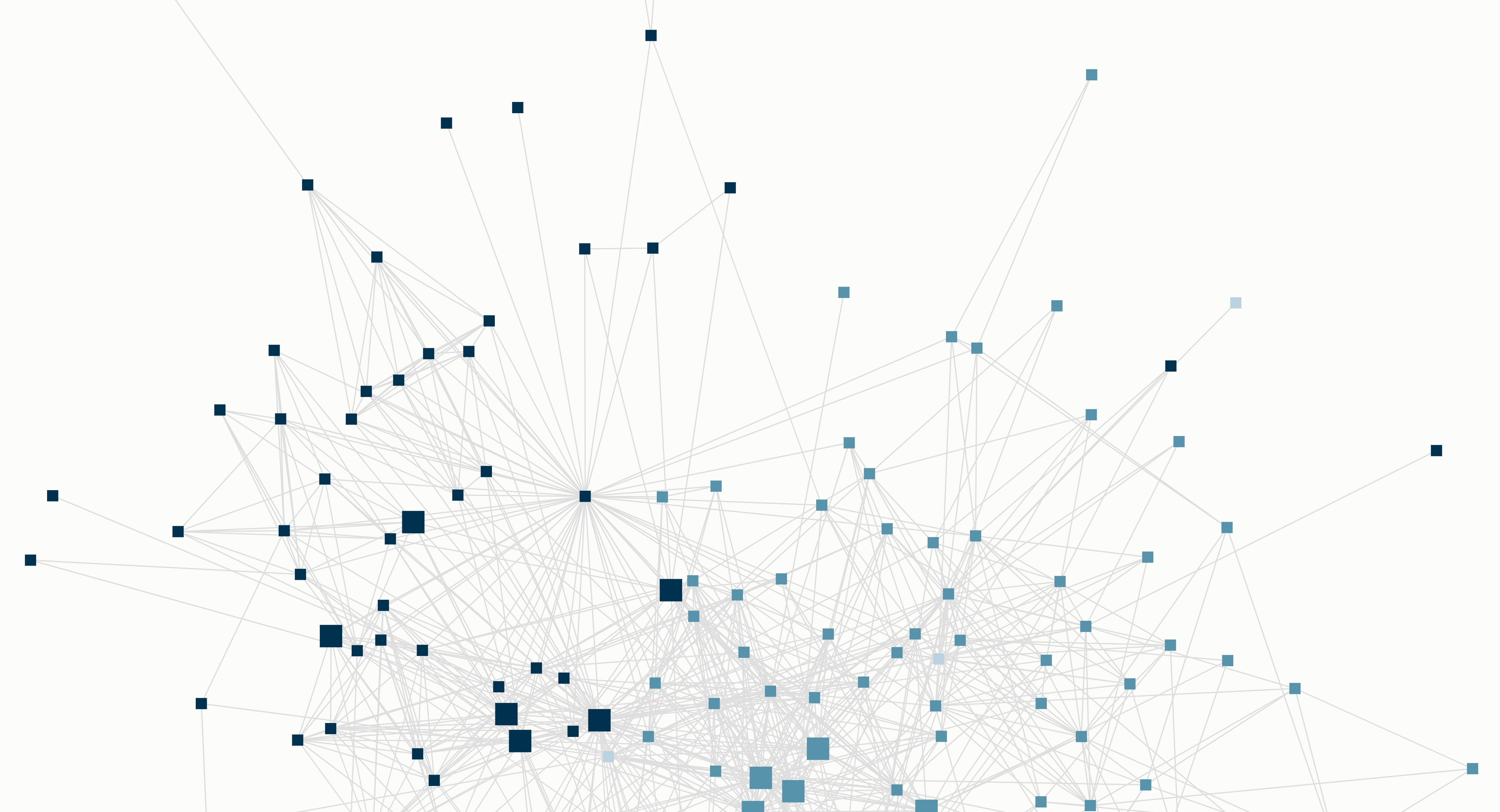Seasonal Migration Chapter 4: Hong Kong
It still surprises me how quickly you can switch from one reality to the next. On Friday I was eating award winning Chinese food with my family overlooking the HK skyline. Saturday I was jogging along the beachfront in Santa Monica. Monday I was stumbling through a conversation in Spanish over lunch with my host family in Cusco. As I walked up to my host family’s door on Monday morning, a hummingbird was feasting on nectar from the flowering bushes outside. I’m taking that as a sign that I’m in the best reality for me right now :]. Below are reflections from the fourth chapter of my seasonal migration experiment. ReflectionsIt was even easier to slipstream into Hong Kong life this time ’round. Healthy habits around exercise, eating, and work formed quickly and were fairly easy to maintain even after my mom arrived. I had much less life admin because I had sorted most of it last fall (e.g. mobile phone number, China visa, apartment). My friends and I quickly found our rhythm, so we got to …


